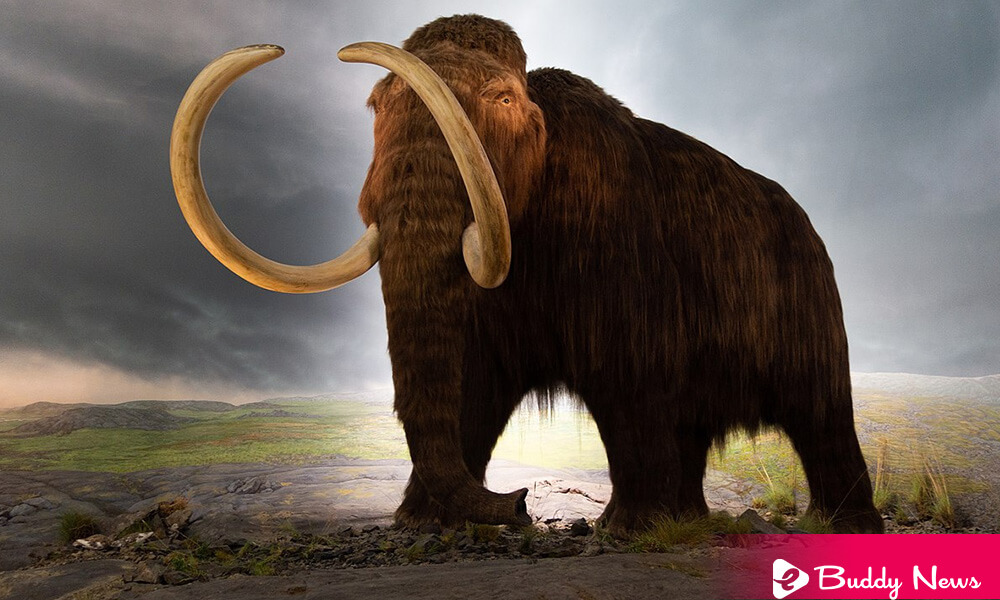Scientists Trying To Create Woolly Mammoth To Heal The Earth

There is An American company specializing in genetics seeks to become a specializing in genetics. The company announced on Monday that they want to become a pioneer in that field. They are experts in the de-extinction of animal species. And they recover the woolly mammoth of the Arctic tundra, which disappeared thousands of years ago, to fight climate change and “heal” the Land.
Entrepreneurs and scientists Ben Lamm and George Church co-founded the Colossal Company. It has raised $ 15 million in capital for a project. Those scientists are trying to create an “woolly mammoth hybrid.” That can use the CRISPR gene editing system to survive in the Arctic.
De-extinction is the concept of creating an animal similar to an extinct species from genetics. It is not unanimous among the scientific community. Some researchers seriously doubt its viability about the risks of its application.
Entrepreneur Ben Lamm and geneticist George Church created the Colossal company. It will attempt to inset woolly mammoth DNA sequences. They obtained from remains preserved in Siberian soil into Asian elephants’ genomes to create a hybrid species.
Colossal says on its website that 99.6% of the DNA of Asian elephants and woolly mammoths is similar. And maybe it will help scientists who are trying to create a woolly mammoth again.
The company predicts that creating these hybrid pachyderms and their subsequent reintroduction into the tundra should restore lost ecosystems that could help slow or reverse climate change.
Genetically modified woolly mammoths could mainly breathe new life into Arctic grasslands. Colossal says this capture carbon dioxide and remove methane, two greenhouse gases.
The biotech company has managed to achieve this goal. Accordingly, It raised $ 15 million in private funds. Some experts met that with skepticism.
Recreated The Nomadic Existence Of A Mammoth
We reemphasize that Researchers have traced the astonishing journey of an Arctic woolly mammoth. It has taken 28 years of life covered enough of Alaska to circle the Earth nearly twice.
In a paper, scientists from various countries, namely Austria, China, and the United States, said that Science had gathered his unprecedented life details. They could relate its movements and diet to isotopic maps of the region.
They knew few details about the life and movements of woolly mammoths until now. The study also offers the first evidence that they traveled great distances.
Researchers from the Alaska Stable Isotope Facility, Wooller, is the director. He divided the 2-meter tusk lengthwise and generated about 400,000 microscopic data points by applying a laser and other techniques.
In Analyzes process, the detailed isotopic they conducted are made possible by the way mammoth tusks grow. Mammoths added new layers daily during their lives. When we split the tusk lengthwise, these growth bands look like stacked ice cream cones. That provides a chronological record of a mammoth’s entire life.
Scientists learned about the mammoth that died on Alaska’s North Slope, above the Arctic Circle. A team of co-authors of the study consists of Dan Mann, and Pam Groves of the UA excavated its remains.
By analyzing the isotopic signatures on mammoth tusk for strontium and oxygen elements, the researchers reconstructed the mammoth’s journey to that point. They compared them with maps that predicted isotopic variations across Alaska.
The researchers created the maps through analysis of the teeth of hundreds of small rodents kept in the museum’s collections from across Alaska. Animals traveled relatively small distances throughout their lives. Represent local isotopic signals by them.
Researchers mapped isotopic variation across Alaska. They did it with a baseline to track mammoth movements using the set of local data. After considering geographic barriers and the average distance, it traveled each week. The researchers use a novel spatial modeling method to map the animal’s likely routes throughout its life.
Beth Shapiro said the team could identify the ancient DNA preserved in the mammoth remains as a male related to its last species on mainland Alaska. These details gave more information about the animal’s life and behavior. She led the DNA component of the study.
Here is an example of this. If we find any unexpected change in its isotopic signature, ecology and movements almost 15 years of age likely coincided with the exile of the mammoth from its herd. It reflects a pattern seen in some current male elephants.
However, these isotopes offer a clue as to the causes of the animal’s death. During the last winter of animals’ lives, nitrogen isotopes increased, which is a sign that may be a hallmark of inanition in mammals.
Wooller says that they were satisfying more than curiosity where they are discovering more about the life of extinct species. Surprisingly those details are relevant today, as many species adapt their pattern movements and ranges with climate change.














